The Book:
SEABEE71
IN CHU LAI
A 350 page memoir of a Navy Journalist's 14 months with the Seabees.

Photographs and text copyright © 1967 and 2019 by David H. Lyman
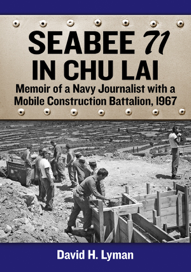
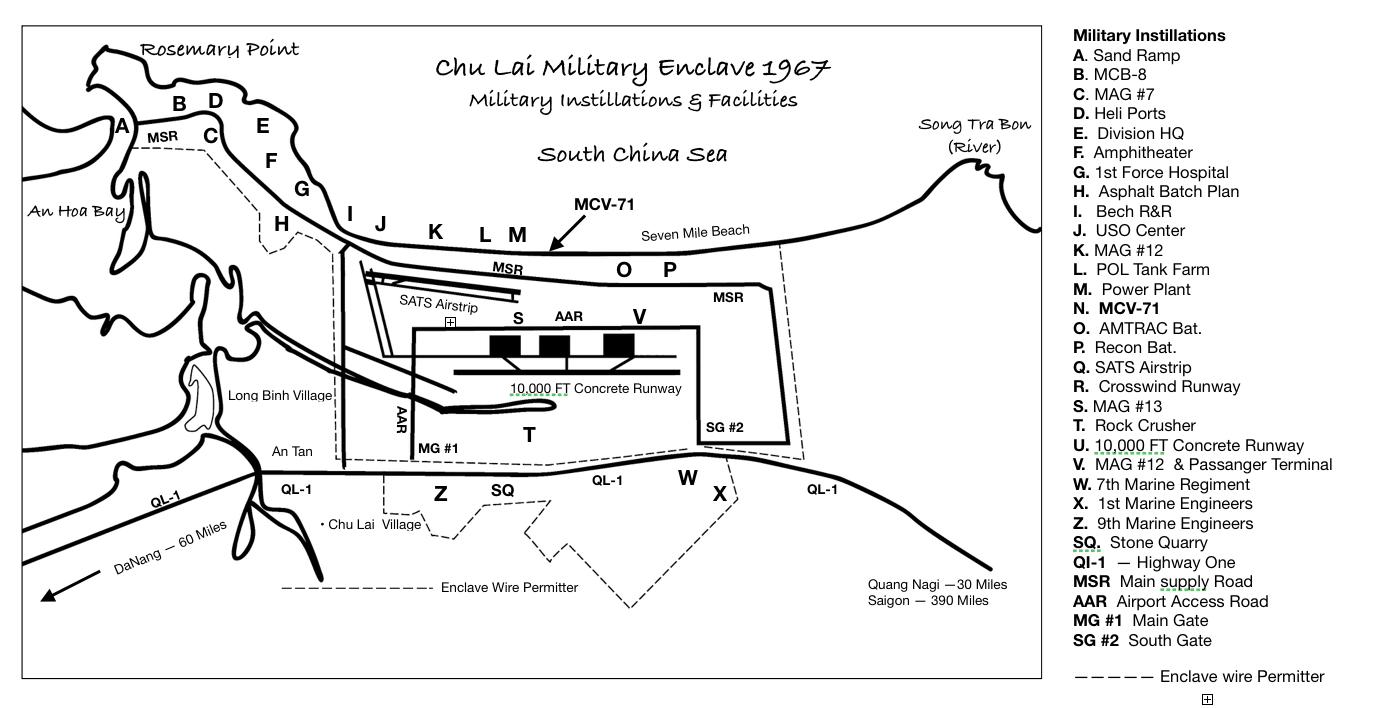
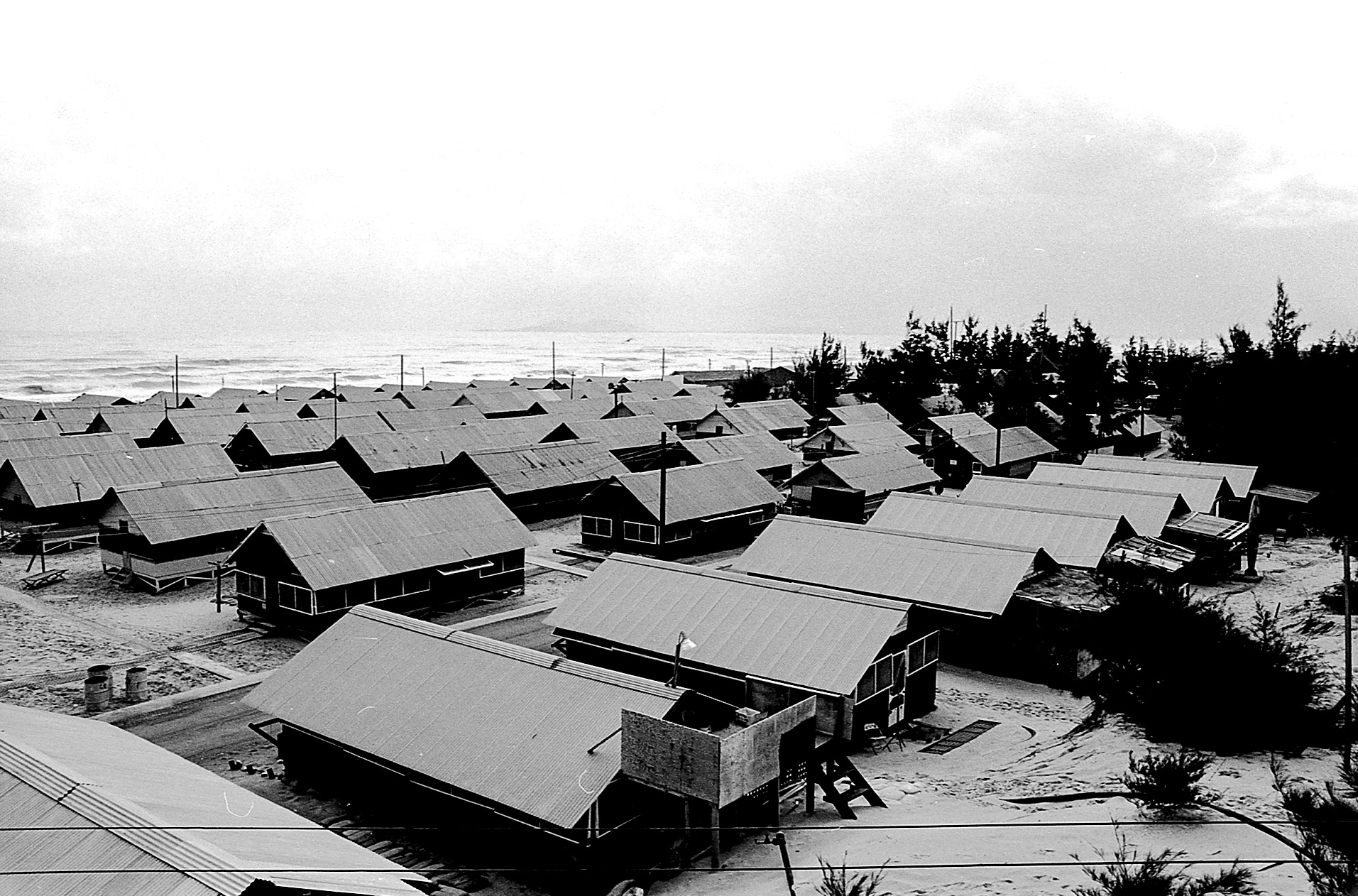
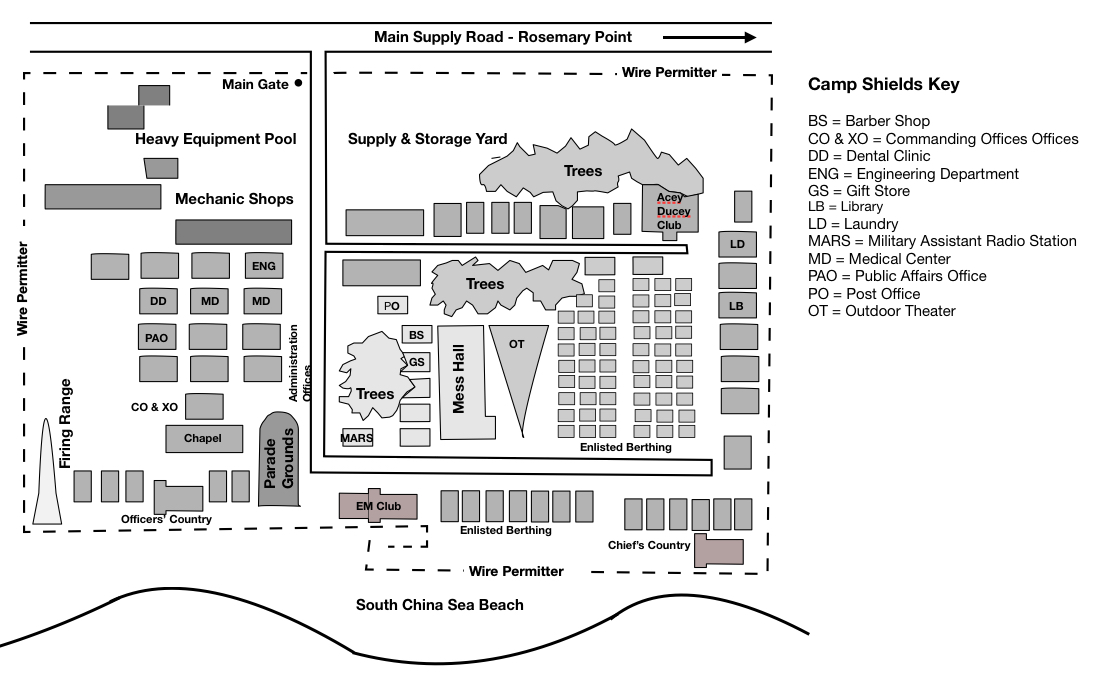
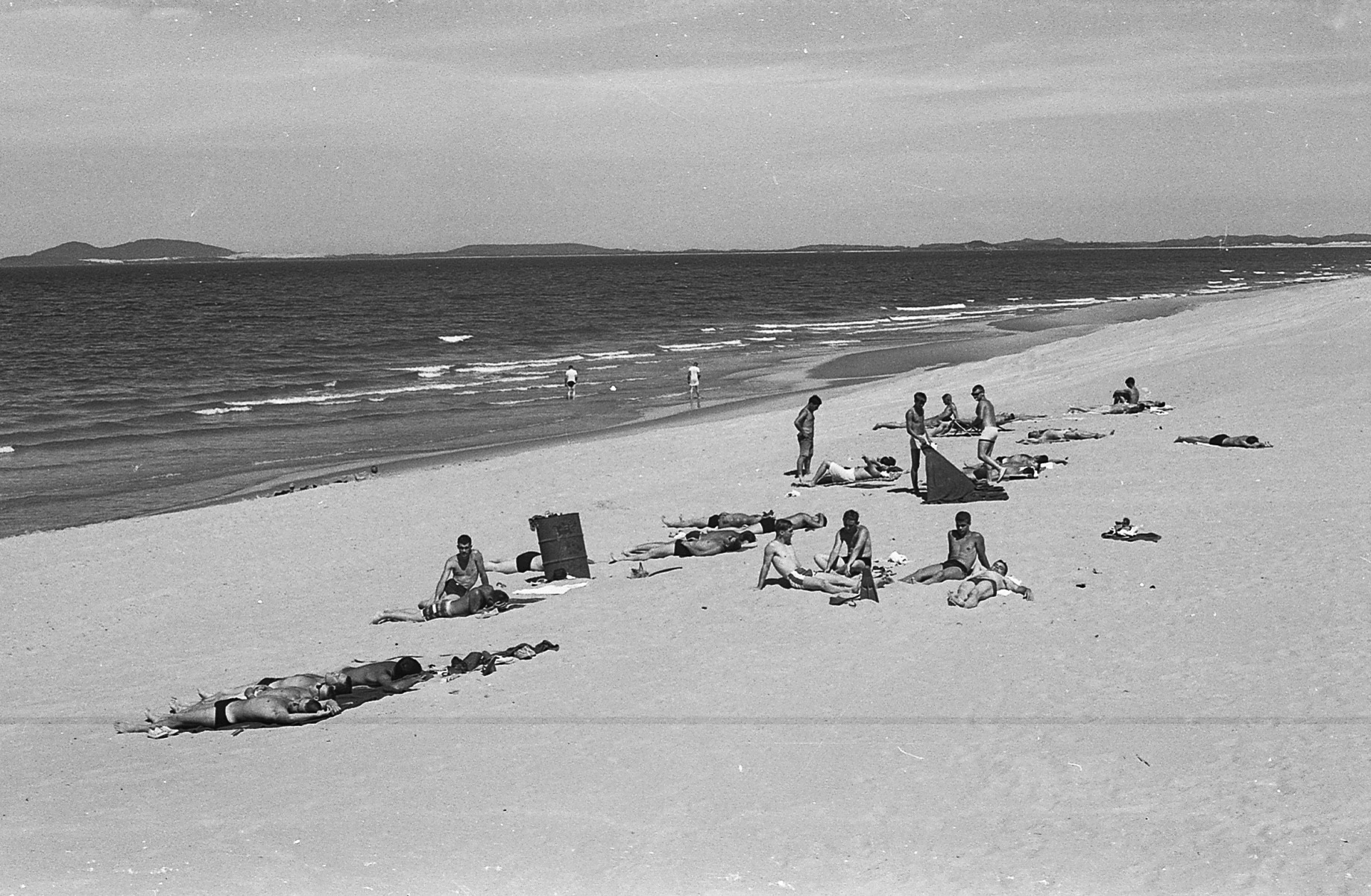
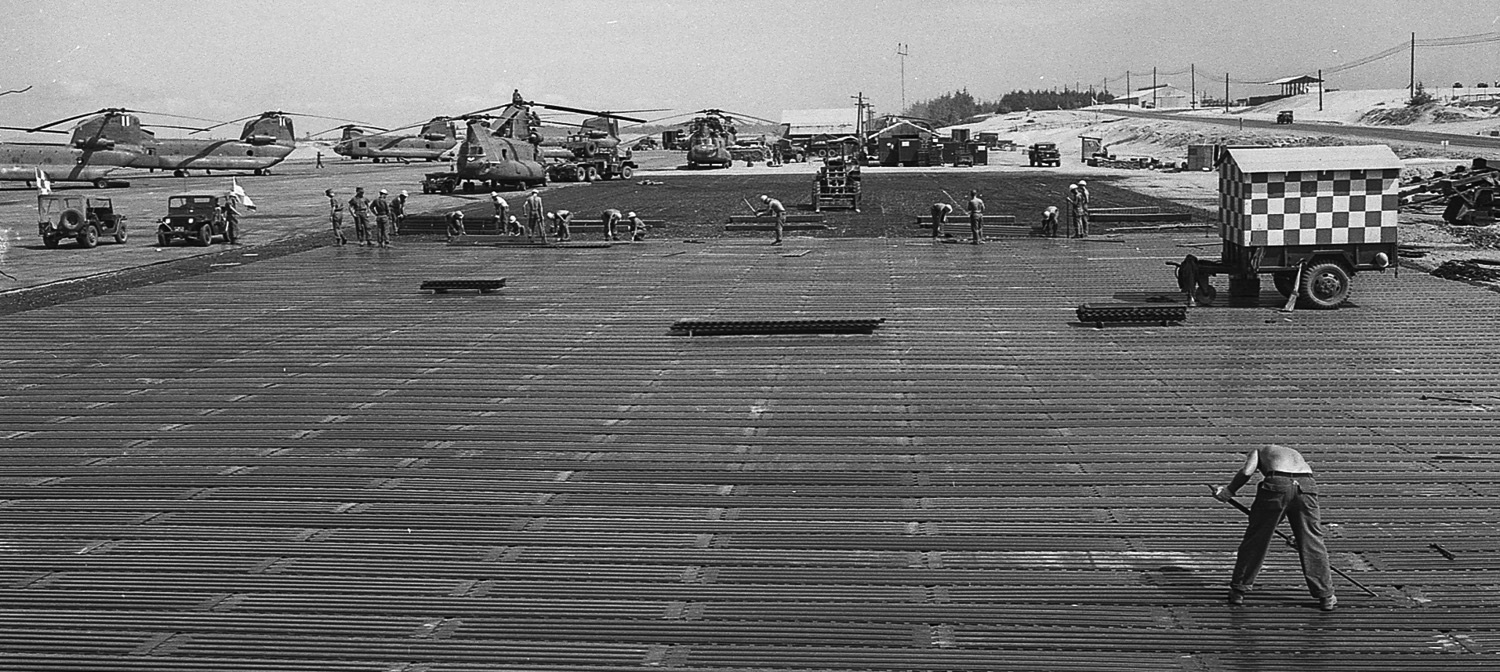
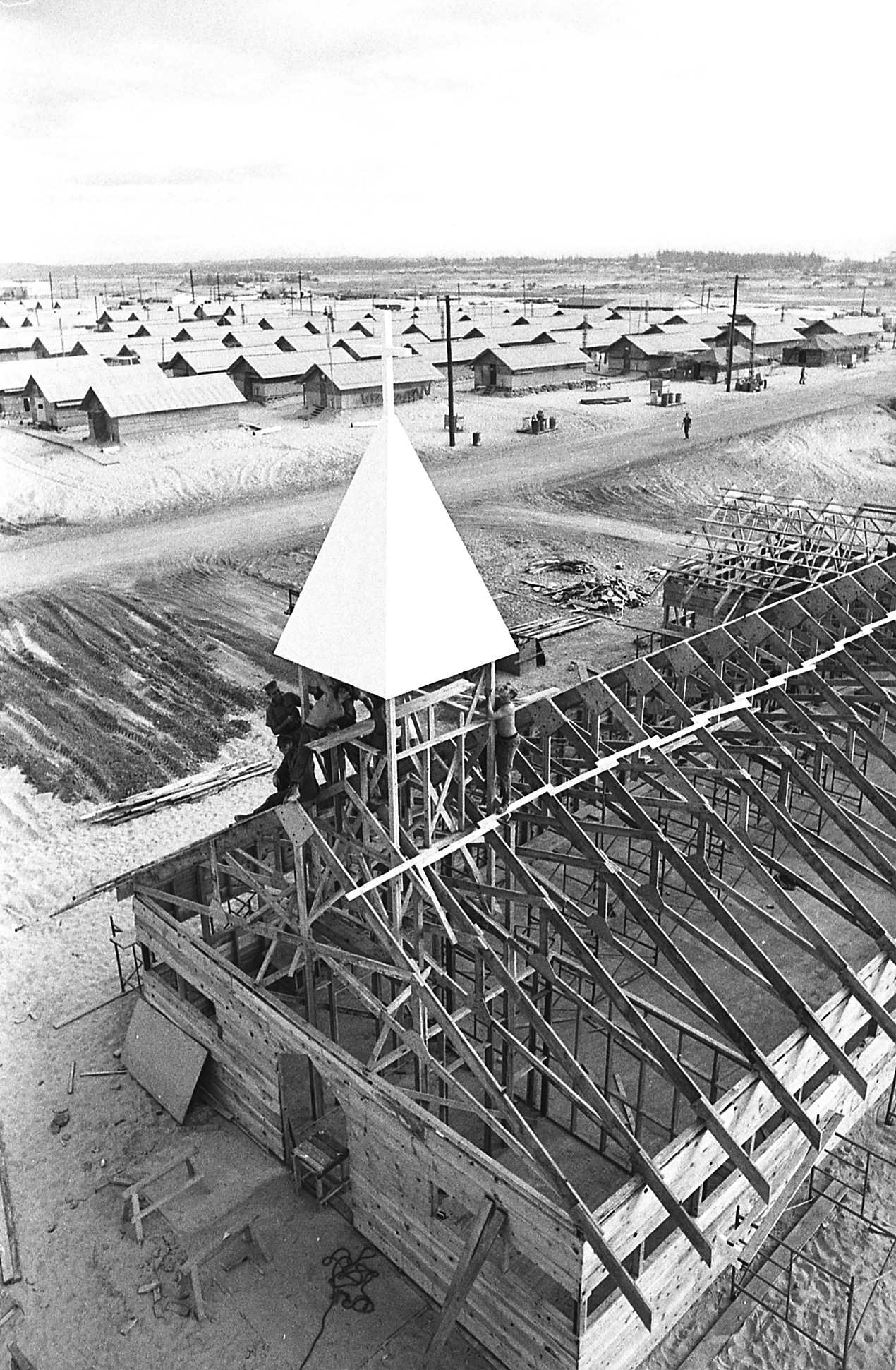
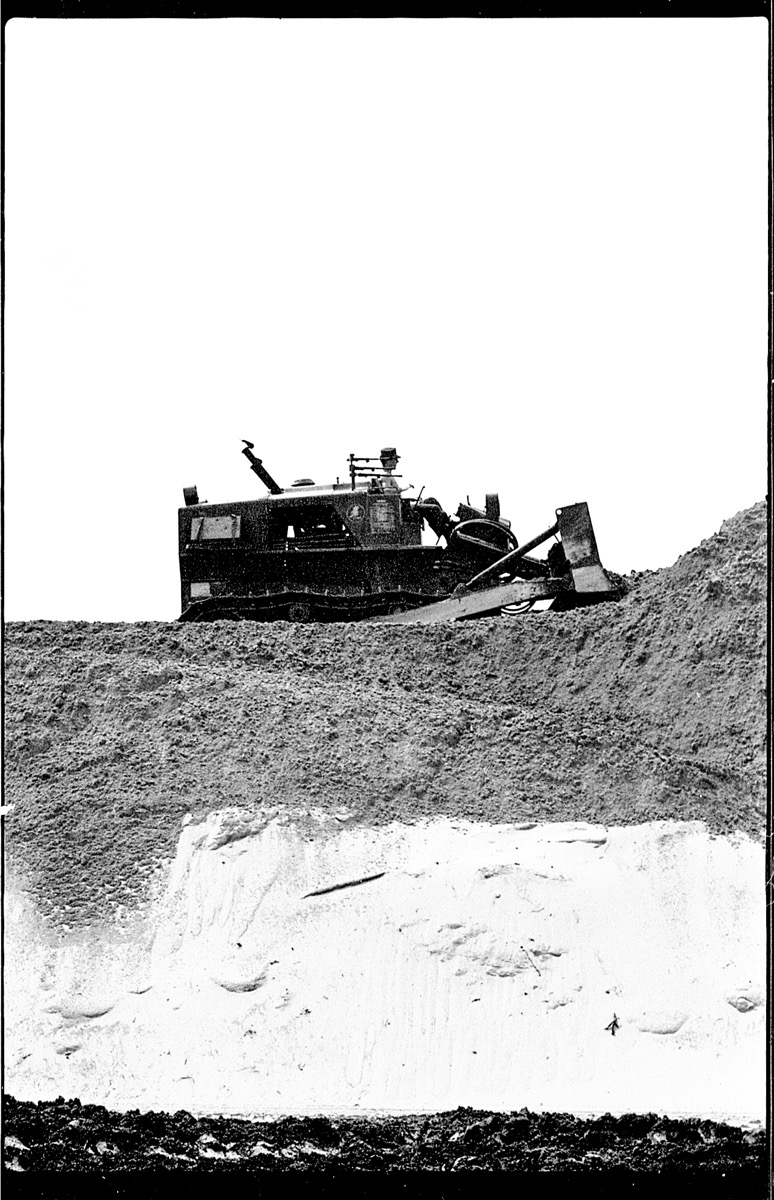
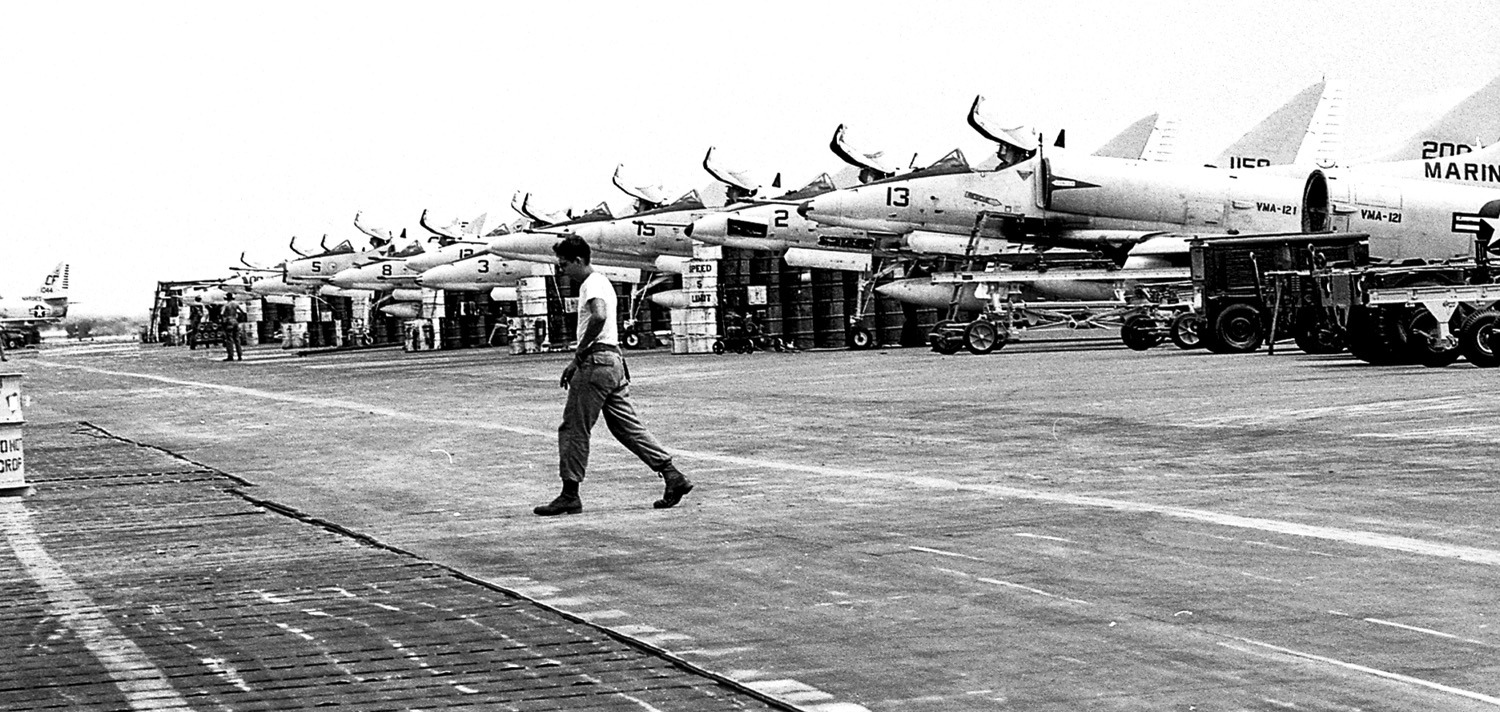
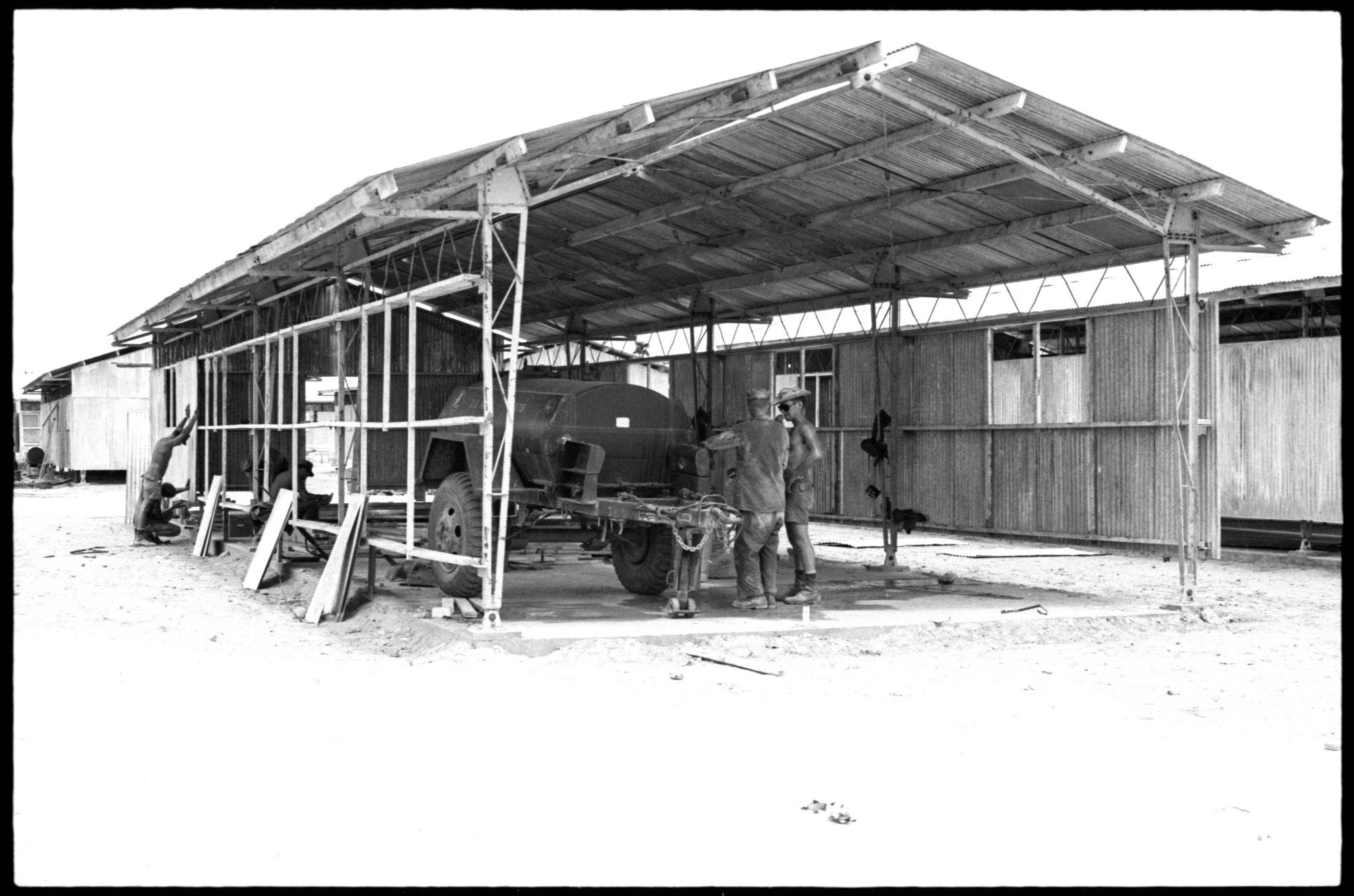
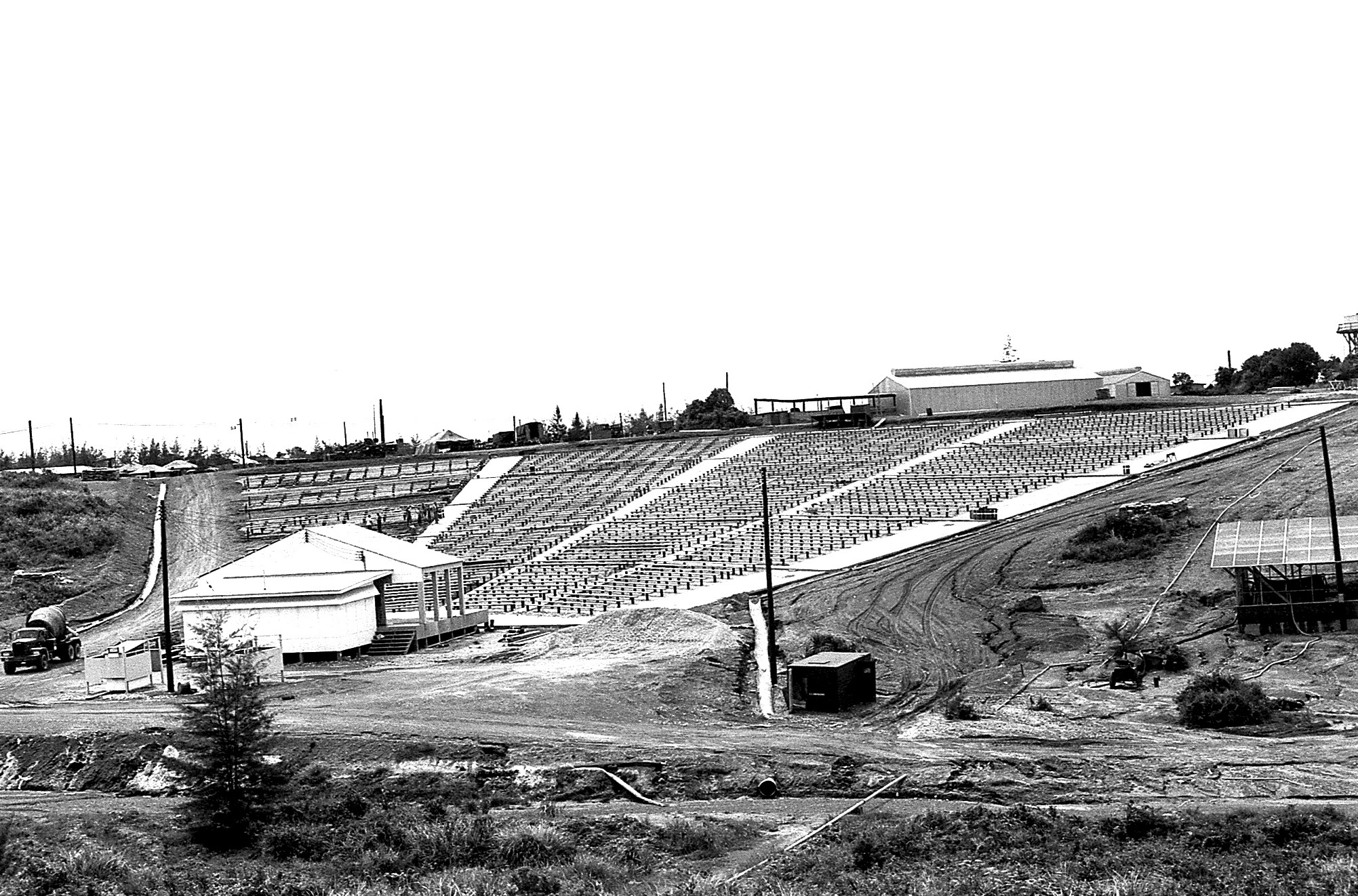
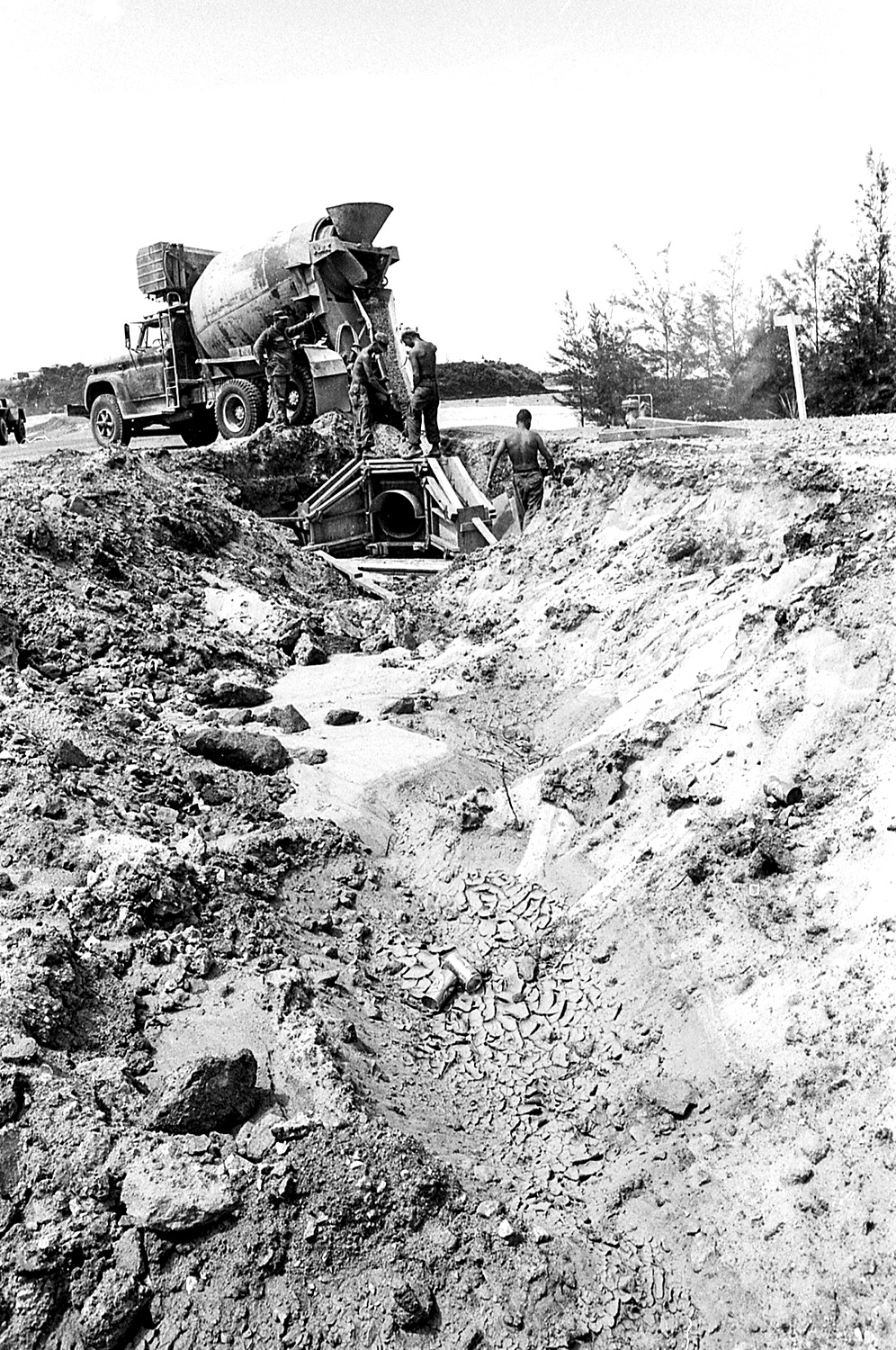
Seabee71.com
Haze obscured the mountains to the west, from which weekly rockets rained down around us. It was in these hills and valleys the VC were building The Ho Chi Min Trail.The trucks in the foreground are traveling along Highway One. The roves of the Marine 9th Engineers camp lies beyond the Highway.
Seabee71 Arrives in Vietnam
It was morning of April 4th, 1967 that our C-141 set down on the concrete runway at Chu Lai Military Complex. It had taken us 26 hours to get here. We’d passed through 12 time zones, gone over the dateline, and arrived the next day, having traveled 13,000 miles, halfway around the world.
The plane taxied to the terminal, an open air hanger next to the runway. Each of us shouldered our sea bag and marched down the loading ramp into a blast furnace. The temperature on the runway was well over 100F. The humidity 90 percent. The air was heavy and thick with moisture. It was hard to breath. It was hard even to see. We squinted into a white sky, with the sun lost somewhere up there amid a milky haze. The harsh, tropical light was blinding. Not a speck of blue.
The landscape was as flat and sandy as Cape Cod— not fit for anything but the US Military. What trees remained were short, scruffy pines. We’d left chilly Rhode Island yesterday, (or was it two days ago?) and today I’m sweating—I’ll be sweating for next seven-months.
We boarded a line of six-bys, dump trucks, for the fifteen minute ride to our base. The line of trucks snaked along a paved road out of the airfield area, passing planes, rows of helicopters on their pads, munitions bunkers. We passed Quonset Huts, small wooded cottages called hooches with tin roofs, warehouses, vehicles, and the occasional basketball court.
There were 40,000 other military servicemen here; Marine and Army battalions, each in their own camp with rows of barracks, mess halls, warehouses and fenced-in supply depots—all this military infrastructure went by in a blur. It was too much to take in.
As the trucks rose up over a grade, I caught a glimpse of the South China Sea, silver-blue, stretching east in the haze. Below the knoll lay our base, Camp Shields, an orderly village of huts stretched out along the beach, facing Northeast. It had been built two years before by MCB-TEN and named after the first Seabee to be killed in action in Vietnam. Our camp was right where any bunch of GIs would want a camp, on the beach within the sound of the surf washing in from the Sea. It was neatly laid out, clusters of huts divided by streets and walkways. The First building to go up? The bar.
My truck pulled to a stop, in front of a platoon of Seabees from MCB-FORTY, their seabags by their side. These were the guys we were replacing, waiting to depart on the truck and the plane on which we’d just arrived. They were shouting encouragement and warnings to their replacements, what to watch out for.
“You poor bastards! Wait until the in-coming begin to rain down.”
“Watch out for the girls in the village. They got the clap.”
“This dump is now all yours.”
I was too far gone, having been cramped up and sleepless for 24 hours, to care.
When we arrived here on this sandy beach on the South China Sea in April, there was already a lot going on. The 5th Marine Regiment had moved its headquarters from DaNang to Chu Lai, with 17,000 men. The Republic of Korea Marine Brigade was here as well. Task Force Oregon included:
• 3rd Brigade, 25th Infantry Division
• 1st Brigade, 101st Airborne Division
• 196th Light Infantry Brigade
• 2nd Squadron, 11th Armored Cavalry
Just as Seventy-One was arriving, the 196th Light Infantry Brigade had pulled into Chu Lai. The Task Force headquarters was activated on 12 April, and by the 17th, the 196th had commenced Operation Lawrence, to the west of the air base. By the end of April, the Task Force had assumed control of the Chu Lai tactical area of operations. There were close to 40,000 men stationed in Chu Lai, in various camps scattered over the 10 square mile enclave. By mid summer 1967, there were 60,000 men stationed in Chu Lai. That’s more people than live in Portland, Maine, for chrissakes!
We were just one of two Seabee battalions here. That’s more than 1,500 construction guys—and still we couldn’t build stuff fast enough to keep up with the military surge. We were building a war machine on the sands of Chu Lai on the scale of a major World War II campaign.
Excerpts from a chapter in
Seabee71 in Chu Lai.
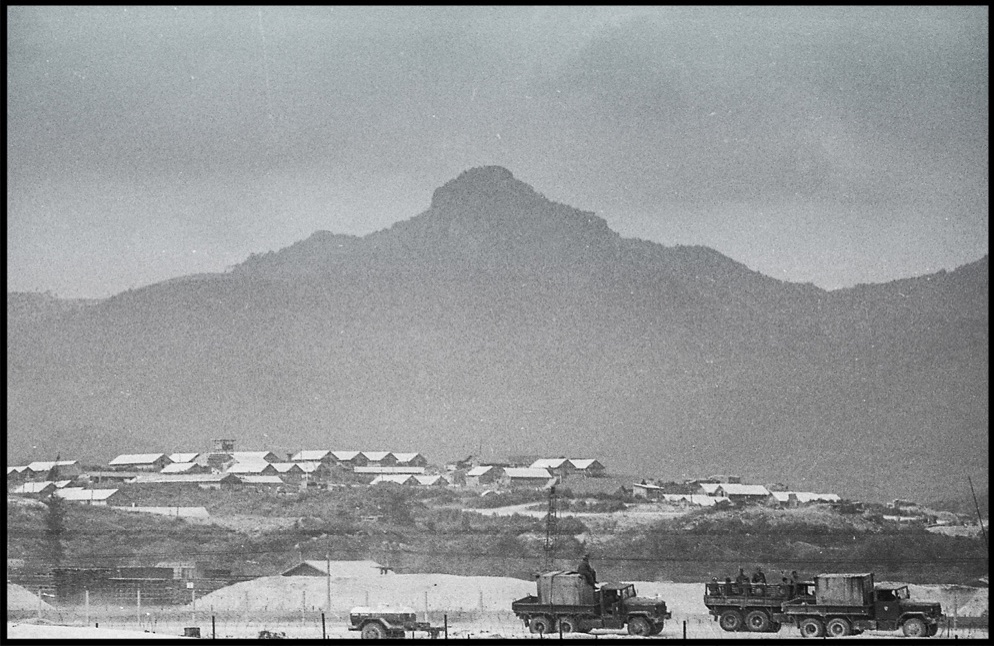
Click on one of the small photos below
to launch a slide show.
The Book:
SEABEE71
IN CHU LAI
A 350 page memoir of a Navy Journalist's 14 months with the Seabees.

Photographs and text copyright © 1967 and 2019 by David H. Lyman











